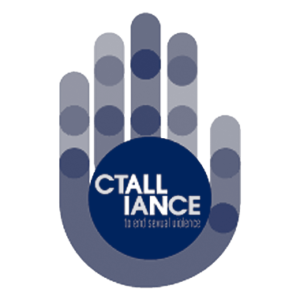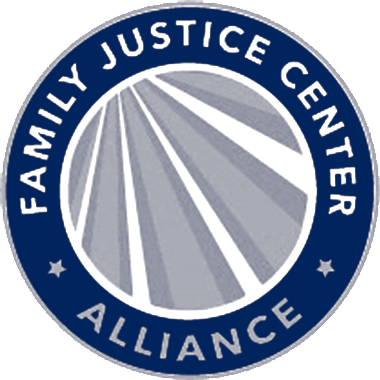Identifying SExual Violence
Sexual Abuse
Sexual violence is any sexual contact or behavior that happens without your consent. Other names used for sexual violence – rape, sexual abuse and sexual assault.
As with domestic violence, sexual violence is about power and control, NOT sex or love. It includes rape, sexual child abuse, incest, fondling, attempted rape, human trafficking, sexual harassment, or any other type of unwanted sexual contact.
Our youngest victims who are sexually abused may not be able to voice what’s happening to them. Learn about what to look for and how you can help.
What is rape?
Rape is a crime of violence and domination in which one person forces, coerces, or manipulates another person to have sex.
Many types of rape can occur, but the most common types are date rape, date rape drugs or alcohol, and statutory rape.
If you are a victim, you are not alone!
And, it is never the victim’s fault.
Victims need to know that they are not alone. Statistics show that an American is sexually assaulted almost every minute. Sexual violence can happen to anyone, adults and children of all ages, races, gender, sexual identity, religion and economic classes. Sexual assault victims often feel isolated or ashamed and often do not report an attack.
Have you been sexually assaulted? If so, please call The Center for Family Justice’s hotline now, 203-333-2233.






